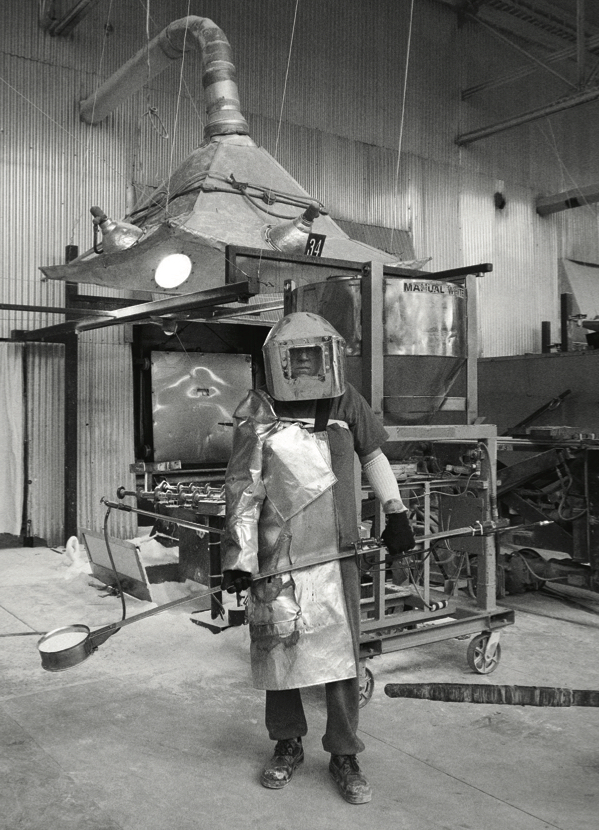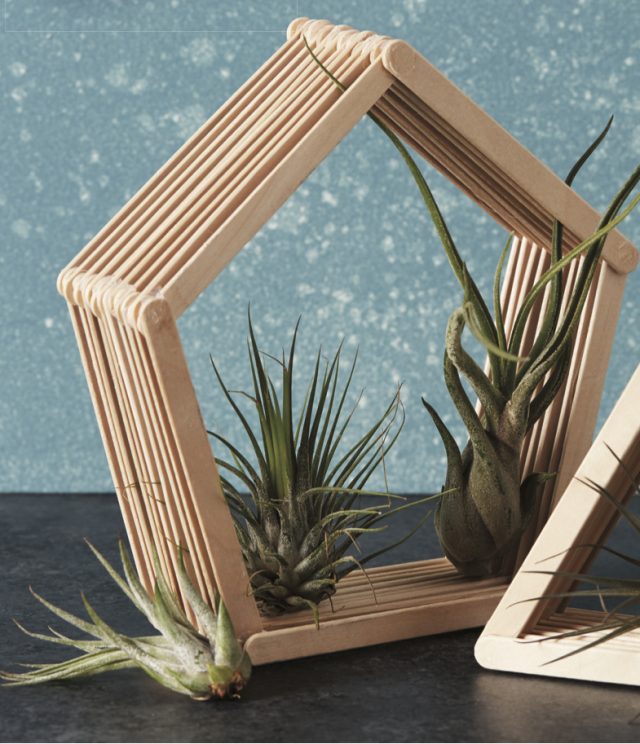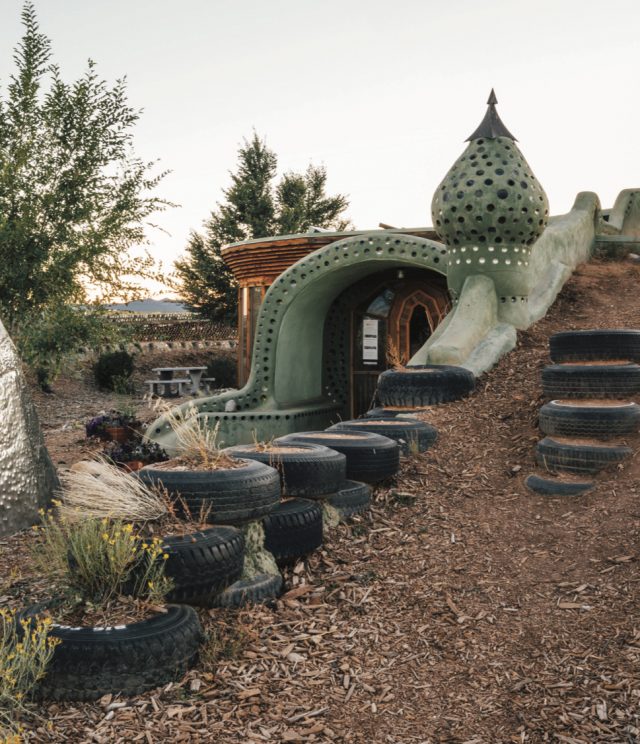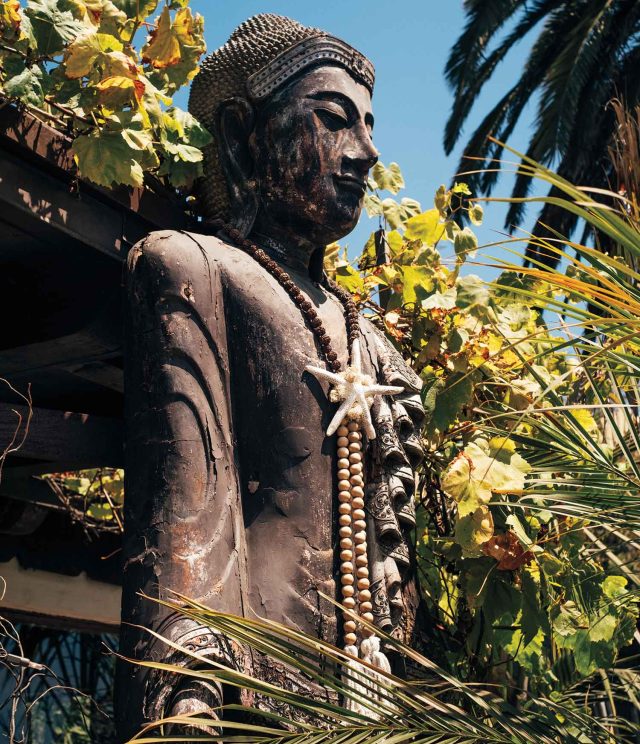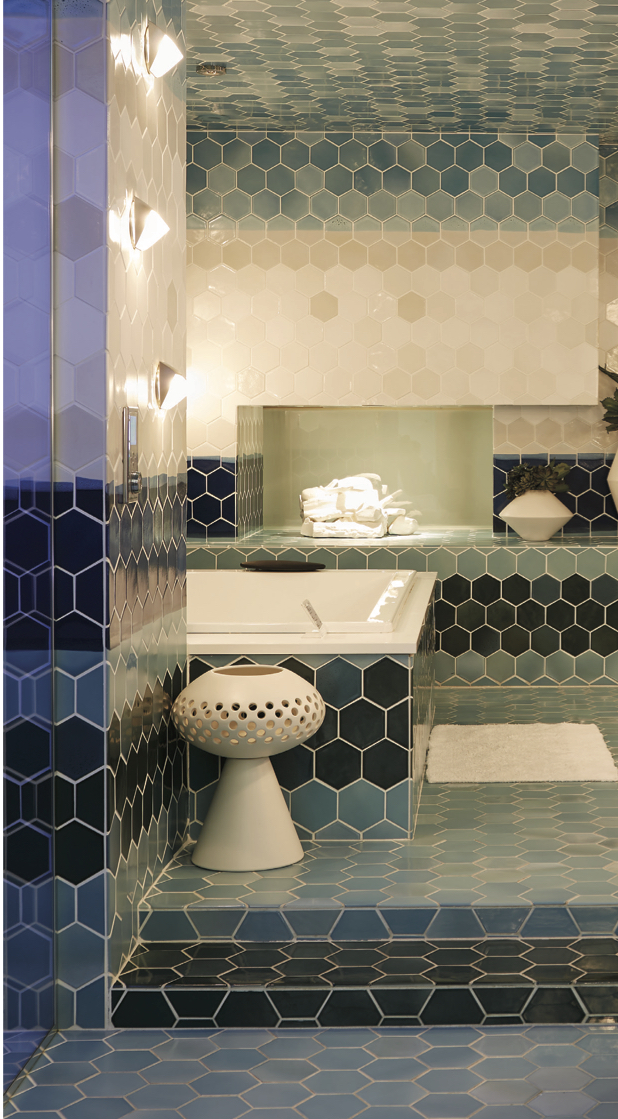
STORY BY STACIE STUKIN PHOTOGRAPHS BY DAVID ENGELHARDT
Strolling through Kohler, Wisconsin feels a little like stepping into the classic ‘90s movie Pleasantville, when Tobey Maguire and Reese Witherspoon find themselves stranded in a 1950s utopia where everything is tidy and everyone is happy. But Kohler isn’t a staged mirage. This neatly manicured garden community not only boasts Whistling Straits, one of the country’s premier PGA Championship golf courses, but it’s also a company town that hasn’t changed much since the early part of the last century.
The Kohler Company story represents a classic American dream: immigrant entrepreneur innovates, succeeds and now—generations later—the family-owned business sticks to its founding values while becoming one of America’s largest privately-held companies.
Known primarily as a leader in the kitchen and bath industry, Kohler has been headquartered here since 1873. The day after Donald Trump was elected president, the company hosted journalists and members of their design team, who had come from all over the world, to talk about kitchen and bath trends. The surprising election results left some of those gathered in a somber, uncertain mood. Then Kohler Executive Chairman Herbert Kohler stood before the group in the library of Riverhead—the mansion his father built in 1923—and said: “This house represents American democracy. It’s an oasis of calm, creativity, rationality and imagination that was built with the help of immigrants.” His words offered a bit of comfort and a reaffirmation of American steadfastness.
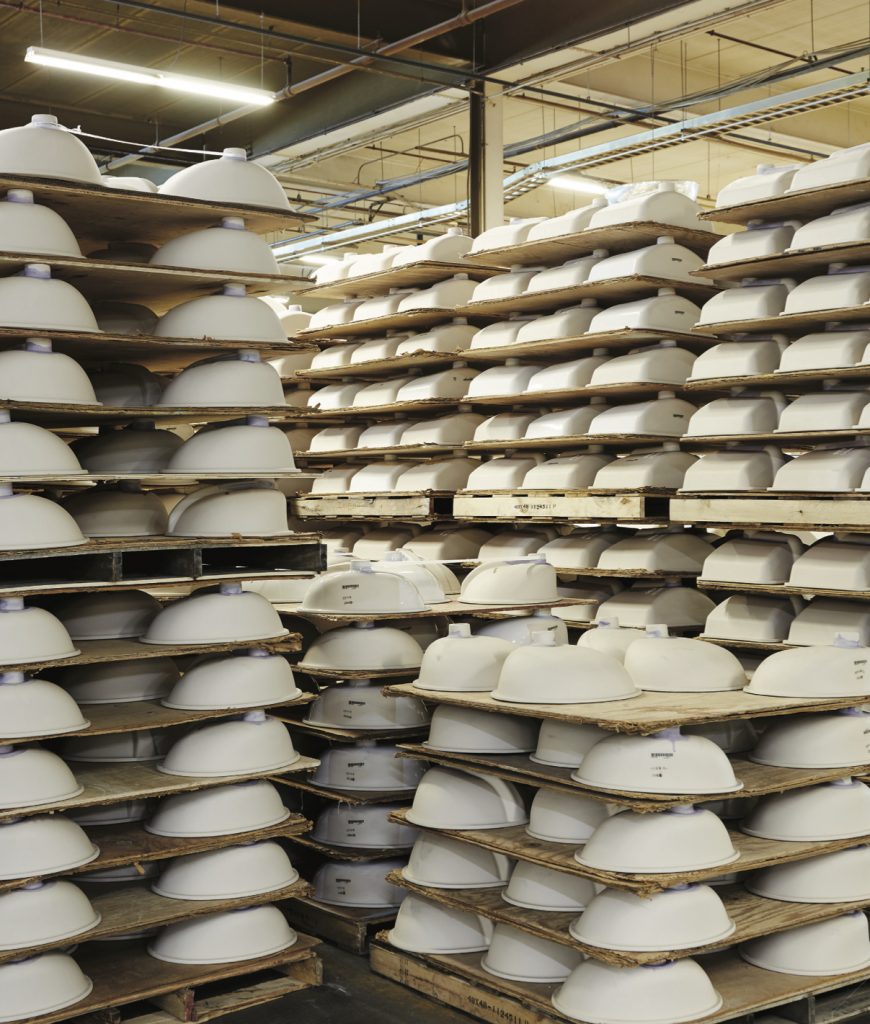
“We could make a lot more money and we could maximize profitability if we shut down a number of (U.S.) facilities, but that’s not something that is in our ethos. IT’S NOT ABOUT PROFIT AT ALL COSTS.” –DAVID KOHLER
The hope of an immigrant work ethic goes to the core of the company started by John Michael Kohler (Herbert’s grandfather), who came from Austria and bought a farm implement foundry during a time when plumbing was an outdoor affair. But in 1883 John Michael decided to enamel a cast-iron hog trough, add ornamental feet and sell it as a bathtub. The clawfoot bathtub was born. Within four years plumbing fixtures accounted for 70 percent of Kohler sales. Kohler has become so engrained in the American vernacular that last year they got their very own Saturday Night Live spoof starring Benedict Cumberbatch as the “Koohl” Kohler toilet spokesperson. CEO David Kohler (Herbert’s son) shot back with his own spoof as he emulated Cumberbatch’s backward-facing stance on a jet black Kohler toilet, proving that fun is also part of the company ethos. “I think our spoof on their spoof was pretty great, too,” David says with a laugh.
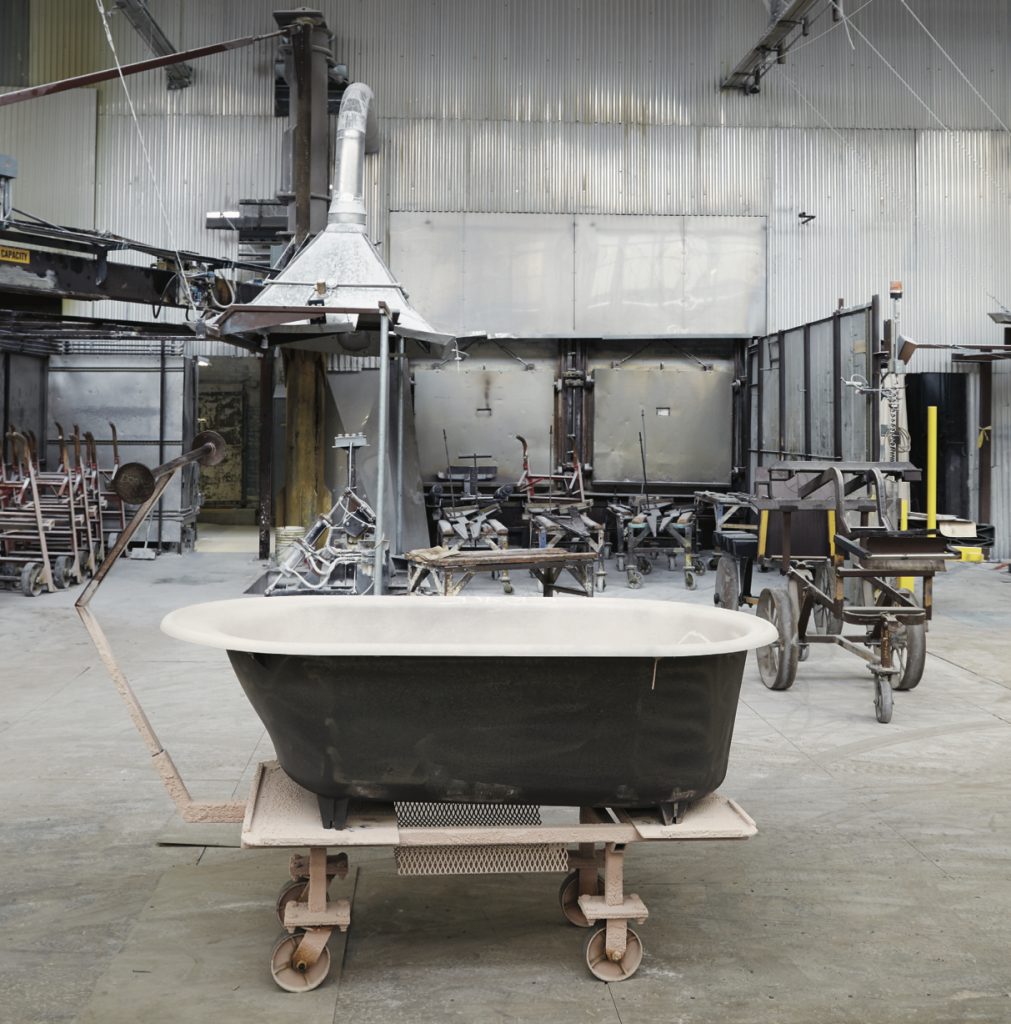
The SNL interlude is a testament to Kohler’s market dominance, but it’s also a nod to the company’s commitment to innovation and technology. From high-tech bathtubs with ultrasonic waves to smart toilets with heated seats, touchless functioning and LED night lights, the company has come a long way from barnyard troughs. Then there are the Bluetooth-enabled showerheads and kitchen products such as water filters (bottled water be gone) and hands-free kitchen faucets that operate with a wave of a hand to save water and help keep your kitchen hardware clean and germ-free. “We look at design from a holistic standpoint,” David says. “That means form and function that works in harmony with the environment.”
The latter is a guiding principle of the company’s sustainability ethos that has earned Kohler four Sustained Excellence awards from the Environmental Protection Agency for encouraging water conservation and making water-saving products. When it comes to their own manufacturing practices, in 2008 Kohler took an offensive strategy and set an aggressive goal to reduce their environmental footprint three percent annually. By 2035, they will be at net zero offsets. “We’re a company that absolutely believes in science and climate change. It is happening at an alarming speed,” David says. “We also believe we are facing a world of resource scarcity. Over time, whether that’s fossil fuel or water, it’s going to affect us all as a global population.” With that in mind, it’s no surprise Kohler’s conservation-minded products are its fastest growing category.
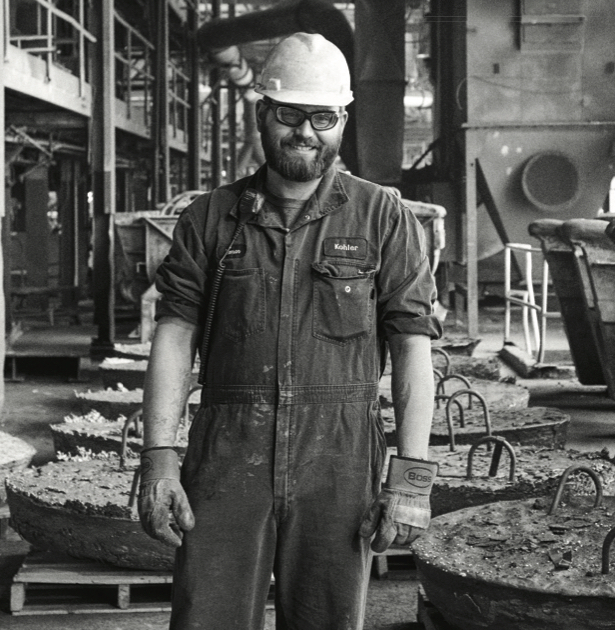
But it also helps that Kohler products are just as much about form as they are about function. That legacy started back in the 1920s when Walter Kohler (Herbert’s father) introduced the first vitreous china and enameled, cast-iron products in color. With inviting names such as Spring Green, Horizon Blue and Jet Black, the latter earned Kohler a place in a Metropolitan Museum of Art exhibit. One curator wrote that Kohler’s team understood the value of art in industry and “have made the world admit that the American bathroom is a thing of beauty.”
Today, Kohler manufactures products all over the world but its commitment to the 19 facilities it has in the United States remains strong. In fact, during the Great Recession Kohler cut back production but didn’t close any manufacturing facilities. “We could make a lot more money and we could maximize profitability if we shut down a number of (U.S.) facilities,” he says, “but that’s not something that is in our ethos. It’s not about profit at all costs.”
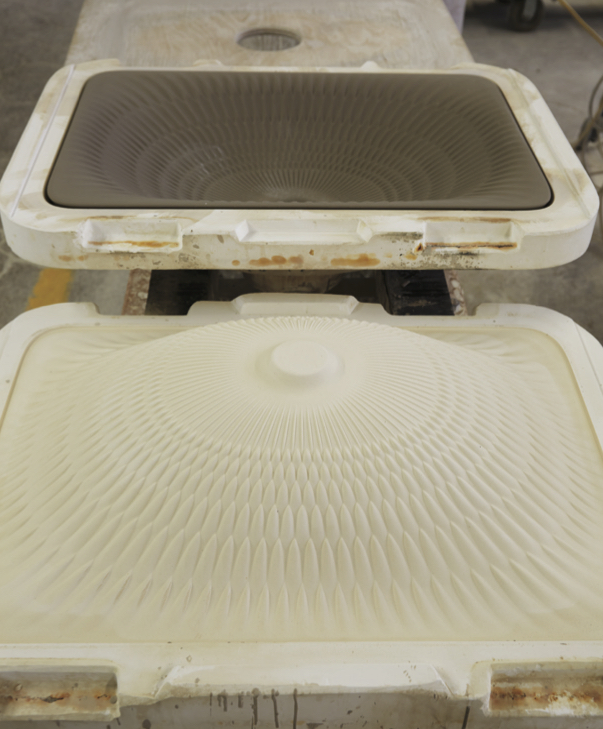
But the real heart and soul of the company happens on the factory floor, which is housed in a building that exemplifies the beauty of Art Deco industrial design. Former employees like Roy Pirrung, 68, lead factory tours. Pirrung, who worked at Kohler for 36 years in the faucet-plating department, is a proud member of the “Quarter Century Club.” According to Roy, it’s no surprise that Kohler boasts one of the most stable workforces in the country because Kohler’s commitment to its employees is as strong as its commitment to the community. “We all feel like we’re part of the Kohler family,” he said, “There’s also a good mix of good people here. The influx of immigrant workers is amazing. There are people from places like India and China—all these different walks of life. It really changes the fabric of the company and shows us that we’re not just a little drop in the ocean. We’re all part of the whole ocean.”
TIMELINE
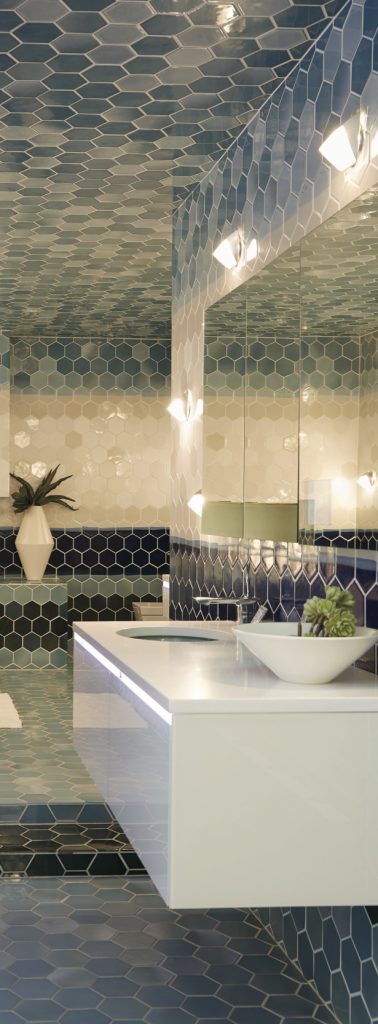
1873 Kohler Co. is founded in Sheboygan, Wisconsin when John Michael Kohler purchases a foundry to make farm implements.
1918 Kohler Co. opens The American Club to house immigrant male employees and offers them affordable housing, meals, English lessons and help obtaining American citizenship. On the National Register of Historic Places, the building is now a resort hotel.
1929 Kohler’s jet-black bathroom products become museum-quality when they were exhibited at the The Metropolitan Museum of Art in New York, after the company becomes the first in the industry to introduce colored bath products.
1967 The advertising theme, “The Bold Look of Kohler” is introduced.
1980s Kohler Co. acquires companies like Ann Sacks Tile & Stone, Kallista Inc. as well as Baker and McGuire furniture, raising their profile in the world of interior design.
2011 Numi, Kohler’s most advanced intelligent toilet is introduced in the U.S. and China.
2013 Kohler introduces the Moxie showerhead and wireless speaker and launches the Sensate touchless kitchen faucet, earning its first WaterSense Sustained Excellence Award from the Environmental Protection Agency.
2016 In efforts to help 1.8 billion people worldwide with no access to safe drinking water, Kohler engineers Kohler Clarity, a portable water filtration system. Working with partners in Haiti, Honduras and Peru, the first filters are shipped.
